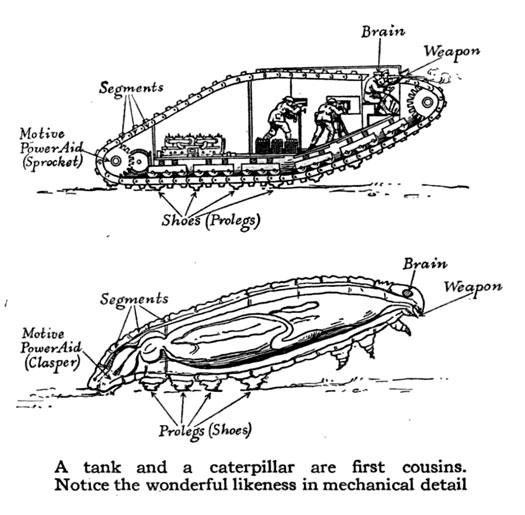

Humans might be the most highly-evolved species on the planet, but most animals possess skills we can only dream of having. Imagine how much electricity we could save if we could see in the dark the way cats do. Imagine leaping from tree to tree like a monkey. Giraffes, which are otherwise calm and genteel, sleep only 4.6 hours a day (forget flying, how can I learn to do that?).
We realized a long, long time ago–centuries, perhaps even thousands of years before the publication of Popular Science, shocking as that sounds–that nature provides the best blueprint for invention. We’ve borrowed canals from beavers, towers from termites and reflectors from cat’s eyes. More recently, George de Mestral patented Velcro in the 1940s after seeing how burrs stuck on the fur of his dog. Although the words “bionics,” “biomimetics,” and “biomimicry” became popular only after the 1960s, history shows that nature has always provided ideas on solving everyday problems. Our archives don’t go back to the time of Leonardo da Vinci and his bird-like flying machines, but we can take you to the late 19th century, where we applied those same principles for building our first practical airplanes.
Click to launch the photo gallery.
To prepare for their flight at Kitty Hawk, the Wright brothers studied the movements of pigeons to figure out how they stayed aloft when they were heavier than air. Their success inspired scores of successors to improve on the airplane by studying various facets of nature. One of Orville Wright’s pupils caught and stuffed seagulls to examine their wingspan. His gull plane, which could reportedly take off and land in your backyard, actually resembled a seagull (see above photo). Meanwhile, two French inventors examined whirling sycamore seeds in an effort to apply those same motions, reversed, to a hovering helicopter.
Some examples are more literal than others. Frank Lloyd Wright based his designs for the SC Johnson & Sons research laboratory on a tree, but on the outside, it looks a typical imposing minimalistic structure. On the other hand, Barney Connett’s fish submarine actually looks like a fish – scales, bulging eyes, paddle tail and all.
Some bio-inspired concepts have yet to be invented. In the 1960s, the US Army commissioned several university professors to conduct research on the motor skills of animals in hope of applying those same abilities to tanks. Tanks that gallop like horses or jump like grasshoppers — sounds monstrous, doesn’t it? But imagine how life would change if we could achieve that.
Click through our gallery to read about tanks and caterpillars, eels and boats, and other technologies that were directly influenced by nature.










